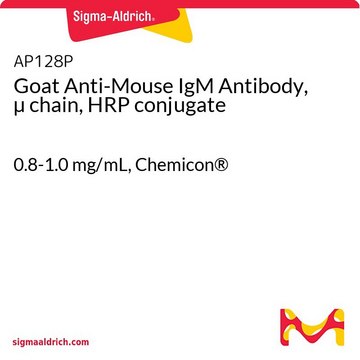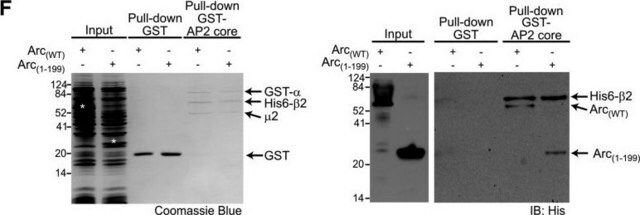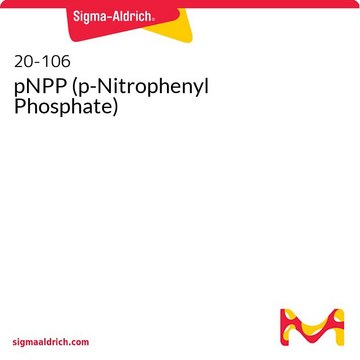A2556
Monoclonal Anti-Rabbit IgG (γ-chain specific)−Alkaline Phosphatase antibody produced in mouse
clone RG-96, purified immunoglobulin, buffered aqueous glycerol solution
Synonym(s):
Monoclonal Anti-Rabbit IgG (γ-chain specific)
About This Item
Recommended Products
biological source
mouse
Quality Level
conjugate
alkaline phosphatase conjugate
antibody form
purified immunoglobulin
antibody product type
secondary antibodies
clone
RG-96, monoclonal
form
buffered aqueous glycerol solution
species reactivity
rabbit
should not react with
goat, feline, pig, guinea pig, rat, bovine, canine, human, horse, sheep, chicken
technique(s)
direct ELISA: 1:50,000
immunohistochemistry (formalin-fixed, paraffin-embedded sections): 1:100
western blot: 1:200,000-1:400,000 using total cell extract of HeLa cells
isotype
IgG1
shipped in
wet ice
storage temp.
2-8°C
target post-translational modification
unmodified
Looking for similar products? Visit Product Comparison Guide
General description
Application
Biochem/physiol Actions
Physical form
Disclaimer
Not finding the right product?
Try our Product Selector Tool.
Storage Class Code
10 - Combustible liquids
WGK
WGK 2
Personal Protective Equipment
Choose from one of the most recent versions:
Already Own This Product?
Find documentation for the products that you have recently purchased in the Document Library.
Customers Also Viewed
Our team of scientists has experience in all areas of research including Life Science, Material Science, Chemical Synthesis, Chromatography, Analytical and many others.
Contact Technical Service









